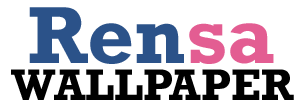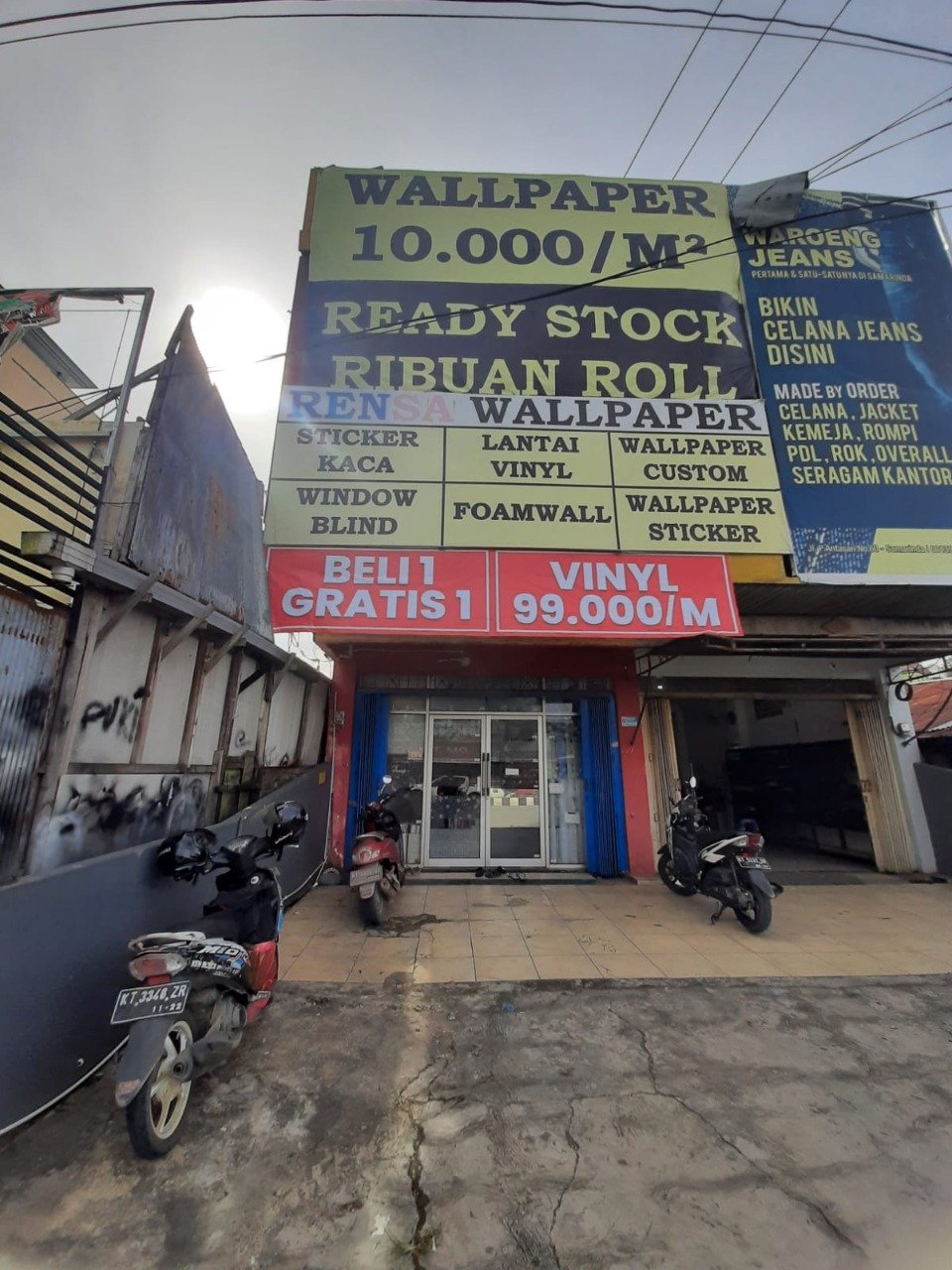A Comprehensive Overview of Anti-Money Laundering Policies in Canadian Casinos
Before making withdrawals from your favourite gaming establishment, familiarize yourself with the specific requirements in place. These venues maintain strict protocols to combat illicit financial activities, ensuring a secure environment for all players. Knowing the essentials can save time and assure a smoother experience.
The documentation involved often includes verification of identity and source of funds. Players should be prepared to provide detailed records to justify their transactions. Not all establishments handle these requirements in the same way, so asking about their approach is wise. Some might require bank statements or income proof, while others may have less stringent measures.
Understanding these procedures is not just about compliance; it’s about peace of mind. By knowing what to expect, players can navigate the process without unnecessary delays. Each establishment has unique practices, but being informed sets you up for success. Engage with customer service teams to clarify any uncertainties–they’re there to help.
Understanding the Regulatory Framework for AML in Canadian Casinos
The foundation of ensuring security in gaming environments starts with robust regulations. Regulations applicable to gaming establishments in Canada center around specific laws that dictate how operations should manage financial transactions.
Key among these is the Proceeds of Crime (Money Laundering) and Terrorist Financing Act. This act mandates the implementation of various measures to identify suspicious activities. Gaming venues must establish clear protocols for monitoring transactions, training employees, and reporting unusual patterns that could indicate illicit financial flows.
Furthermore, organizations such as the Financial Transactions and Reports Analysis Centre of Canada (FINTRAC) play a pivotal role. They provide guidance and oversight, ensuring that establishments adhere to national standards. Failure to comply results in hefty penalties. It’s not just about maintaining reputation; it also involves significant legal and financial repercussions.
Staff training is a non-negotiable element. Employees need to be equipped to recognize red flags. This includes understanding behaviors of patrons and identifying discrepancies in betting patterns. Regular refresher sessions can significantly enhance awareness and responsiveness.
Casinos should leverage technology as well. Advanced software can flag transactions that meet certain criteria. This allows for real-time monitoring, maximizing the chances of interception before any harm occurs.
For more insights into maintaining stringent security measures in casinos, check https://supabetcasino.ca/.
Lastly, regular audits and assessments help to identify gaps in compliance. Integrating feedback from these audits ensures a proactive approach in reinforcing security protocols. The aim isn’t just compliance; it’s fostering an environment of trust and safety for all players.
Key Components of AML Policies Implemented by Canadian Casinos
Robust measures start with thorough customer due diligence. Understanding who your players are is paramount. This means verifying identities, monitoring transactions, and assessing risk profiles. Use advanced technology for this–automated verification tools can streamline the process.
Next, implementing transaction monitoring systems helps in detecting suspicious activities. Set up thresholds for alerts on unusual betting patterns or rapid cash deposits. Tweak these parameters based on historical data to enhance precision.
Additionally, training staff is non-negotiable. People on the ground must recognize red flags. Conduct regular workshops focused on identifying dubious behaviors and enhancing reporting protocols. This cultivates a security-first culture within the establishment.
Another critical element is creating a clear reporting structure for suspicious transactions. Ensure there are defined procedures for escalating concerns to the appropriate authorities. A detailed documentation process is essential–every detail counts.
Engage in regular audits to assess the implementation of these security measures. Internal and external audits can identify vulnerabilities and areas for improvement. Don’t just passively comply; strive for excellence in adherence.
Lastly, cultivating partnerships with law enforcement facilitates better information sharing. This collaborative approach can lead to more effective strategies against illicit activities in the gaming environment.
Best Practices for Ensuring Compliance with AML Regulations in Casino Operations
Implement thorough customer due diligence procedures. Verify identities during account creation. Require valid identification and proof of address. This basic step helps to mitigate risks associated with illicit financial activities.
Establish robust transaction monitoring systems. Transactions, including deposits and withdrawals, need real-time oversight. Look for unusual patterns or high-risk activities. Implement alerts for transactions that exceed a certain threshold. This can signal potential red flags.
Regularly review and update security measures. Assess the effectiveness of your compliance efforts frequently. The landscape of regulations can shift. Be proactive in adapting to new requirements.
Train staff extensively. Ensure all employees understand AML regulations and the importance of compliance. Provide regular training sessions. This keeps everyone informed about emerging trends and methods used for money laundering.
Maintain clear documentation. Record every transaction accurately. Ensure that records are easily retrievable. This assists in audits and helps demonstrate compliance during inspections.
Implement limits on withdrawals. Establish thresholds for cash and chip withdrawals. This can help control large sums being withdrawn at once. Monitoring these transactions is crucial.
Develop a comprehensive reporting strategy. Designate a specific team or individual responsible for filing suspicious activity reports. Facilitate open communication between departments to swiftly address any issues.
Engage with regulatory authorities. Maintain open lines of communication with governing bodies. Participate in workshops and seminars. Staying informed about regulatory updates is key to compliance.


